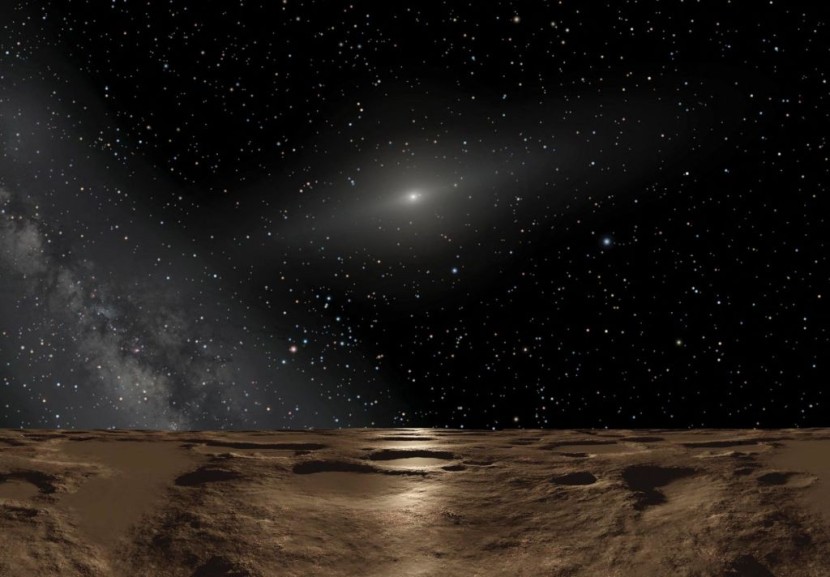Researchers found that ancient stars in the far reaches of the cosmos were capable of making extremely heavy elements that weigh more than anything listed on the periodic table.
The study, conducted by North Carolina State University scientists, discovered that some of the oldest stars in the Milky Way galaxy could produce elements that have atomic masses greater than 260.
Ancient Star Created Extremely Heavy Elements

The scientists issued a statement saying that this number is much "heavier than any element on the periodic table found naturally on Earth." Stars are often referred to by scientists as cosmic element factories and are known for continuously undergoing processes of fusion and fission, creating elements both lighter and heavier.
This process occurs when a group of neutrons quickly sticks to the nucleus, undergoing internal changes from neutrons to protons. This results in the creation of a heavy element, including gold, platinum, or uranium. Scientists refer to this as the r-process.
An associate professor at North Carolina State University, Ian Roederer said that the r-process is necessary in the creation of elements that are heavier than many others, such as lead and bismuth. The lead author of the study added many neutrons that need to be added very quickly, which needs a lot of energy and a lot of neutrons, as per Interesting Engineering.
Roederer added that the best place to find both of these factors is during the birth or death of a neutron star or when one of these cosmic giants collide and produce the raw ingredients needed by the process.
However, these heavy elements are inherently unstable or radioactive and are undergoing decay over time, most often through the process of fission. The researchers evaluated heavy metals in 42 well-studied stars in our galaxy to address fundamental issues concerning the r-process.
These stars are known to have hosted the r-process and provide scientists with a unique perspective. The team noticed that there were "previously unrecognized patterns" that implied that some mid-periodic table elements, such as silver and rhodium, were probably leftovers of heavy element fission.
Read Also : Astronomers Discover New Solar System in the Milky Way With 6 Planets That are Perfectly in Sync
Heavier Than Any on the Periodic Table
Roederer noted that they have a general idea of how the r-process works but noted that the conditions of the process are relatively extreme. He added that they do not yet have a good sense of how many different kinds of areas in the universe are capable of generating the r-process nor do they know if the process ends, according to Phys.org.
Uranium with an atomic mass of 238 is the heaviest naturally occurring element on the periodic table. The other elements that are heavier, from Neptunium to Lawrencium are the result of human processes or experimentation.
The discovery of the mid-periodic table materials suggests that they were the products of decaying metals that originally held a mass of at least 260 before splitting apart. Roederer noted that they have never previously detected anything as heavy as that in space or naturally on our planet.
He added that seeing them in the vast cosmos gives them guidance on how to think about models and fission in general. The discovery could provide insight into how the rich diversity of elements came to be, said Cosmos Magazine.
Related Article:
James Webb Captures Images of Ghostly Galaxy That Vanished From Hubble's View









